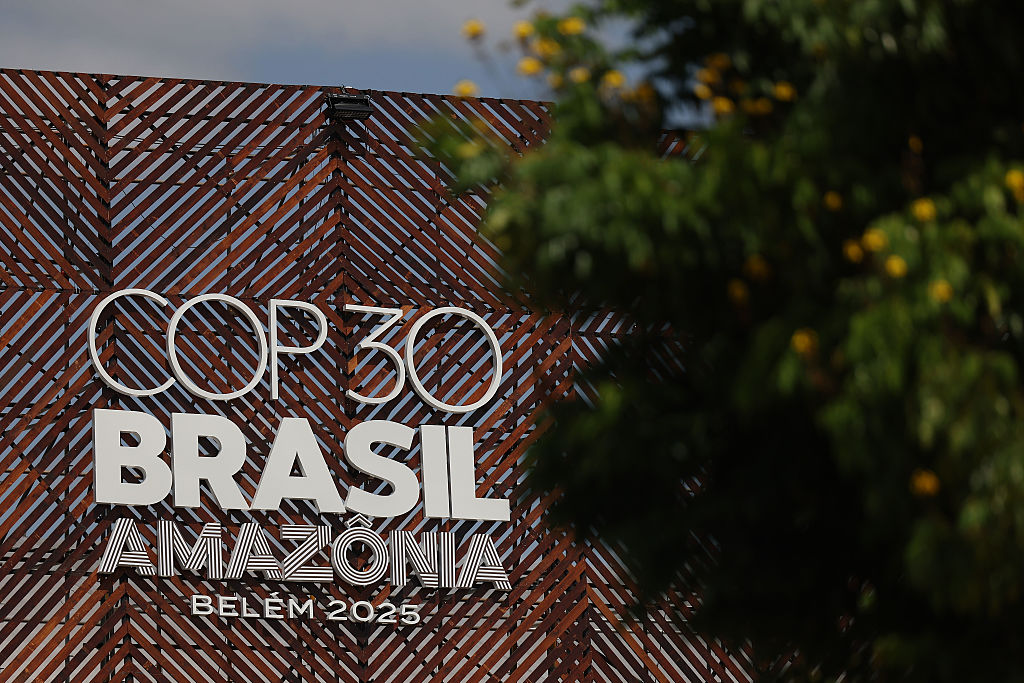The Illinois General Assembly is debating whether and how to change the way the state finances its public schools. Various coalitions and special interest groups have proposals on the table, most of them calling for increasing the state’s share of higher overall education spending. Earlier this year, on February 19, the Illinois House of Representatives held a rare “committee of the whole” to hear presentations by a dozen reform advocates.
Unfortunately, much of the public debate over school finance reform rests on myths that are actively promoted by groups that stand to benefit from more spending on public schools. There are at least six such myths that have prevented a truthful debate over the merits of higher state taxes for schools.
The first myth is that we need to spend more money to produce better schools. In fact, Illinois taxpayers already spend plenty on public schools. We rank between 10th and 20th among the fifty states in per-student spending, depending on how spending is measured. Per-pupil spending is up 20 percent in the last twenty years in real (inflation-adjusted) terms. The typical public school in Illinois spends between two and three times as much as the typical private school, yet the latter produces far superior student outcomes.
The second myth is that we need to “equalize” spending among school districts. Extensive research on the relationship between spending and student achievement, conducted at the University of Rochester, The Brookings Institution, and Chicago’s own DePaul University, has found that variation in spending is unrelated to student achievement. No child in Illinois is being deprived of a quality education simply because his or her school spends less than average.
Another myth is that the state can increase its share of spending without undermining local control. Common sense says that opening the faucet of state funds would dilute the incentives of local taxpayers to monitor how efficiently their school is using public funds. Research conducted at Harvard University, The Alexis de Tocqueville Institution, and the University of Illinois at Chicago on the relationship between a state’s share of school finance and student achievement found the same thing: The higher a state’s share of funding, the lower the achievement by its students.
Myth number four is that income taxes are more fair than property taxes. Such a statement overlooks the fact that income taxes hurt young people most because they are less likely than older folks to own property and to have significant savings. Isn’t it bad enough that we burden Generation Xers with record levels of payroll taxes to cover a $6 trillion national debt and a Social Security system that will go bust before they qualify for benefits? Must we also make them pay a larger share of the cost of educating the next generation by shifting taxes from our houses onto their wages?
The fifth myth is that kids today are more difficult to teach than they were in the past. But according to virtually all the experts on the subject, the average IQ of children in the U.S. has been steadily increasing, probably due to better nutrition and higher levels of education attained by parents. The task of schools should be getting easier, not more difficult, over time. What about the spread of drug abuse and crime? These aren’t new problems. What is new is the inability of our public schools to maintain the discipline and instill the values that once kept our schools free of drugs, guns, and knives.
The sixth myth is that Illinois is a low-tax state that can afford to spend more on its schools. When differences in property values, natural resources, personal income, and tourism were taken into account by the U.S. Advisory Commission on Intergovernmental Relations, it found that Illinois’ tax burden is either average or slightly above average. Increasing the state’s income tax would put us in the “high tax” column, making the state less attractive to businesses looking for places to grow. Illinois would gradually lose jobs to states with lower taxes.
These six myths are passed along, from reform advocates to journalists and elected officials, nearly without challenge. They survive, I believe, because we all wish schools could be improved by something as simple as spending more money. Our willingness to sacrifice for needy children makes us mentally lazy and gullible whenever the topic of school finance comes up. In this case, our soft hearts are betraying us, leading us away from policies that might genuinely benefit those students.
Illinois voters and elected officials need to look more critically at the case for higher taxes and increased state aid for local school districts. Too many of our public schools are underperforming–not because they spend too little, but because choice, competition, and private enterprise are effectively banned from the education arena. Until our elected leaders in Springfield find the courage to tackle the real problems, we won’t see better schools in Illinois–regardless of how much more we spend.
Joseph L. Bast is president of The Heartland Institute, an independent nonprofit research organization. This essay is based on his testimony before the Illinois House of Representatives on February 19, 1997.



